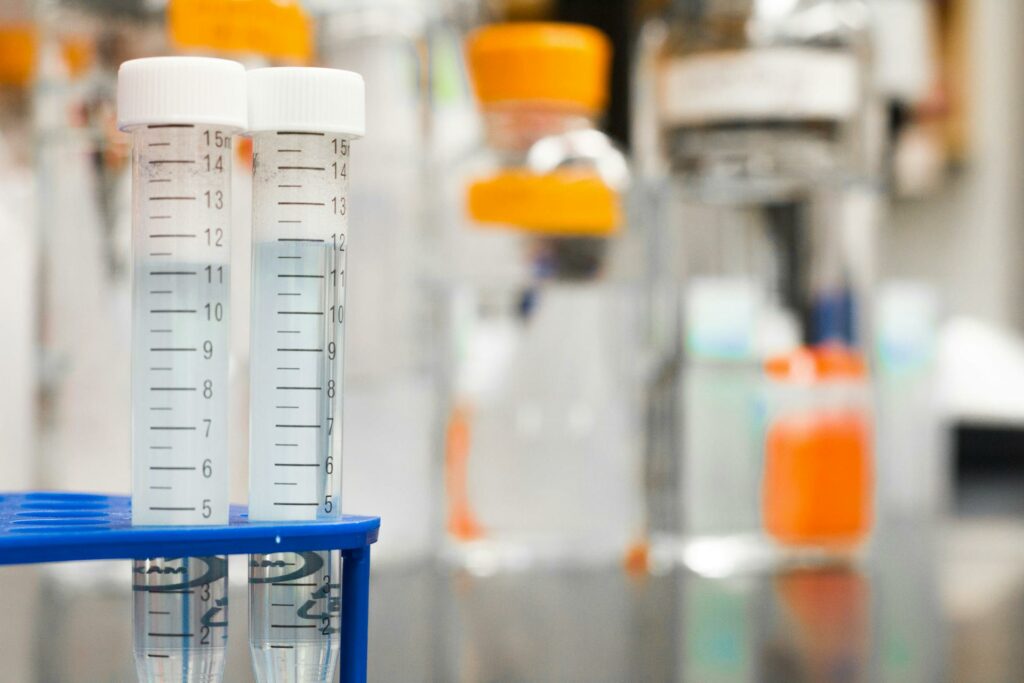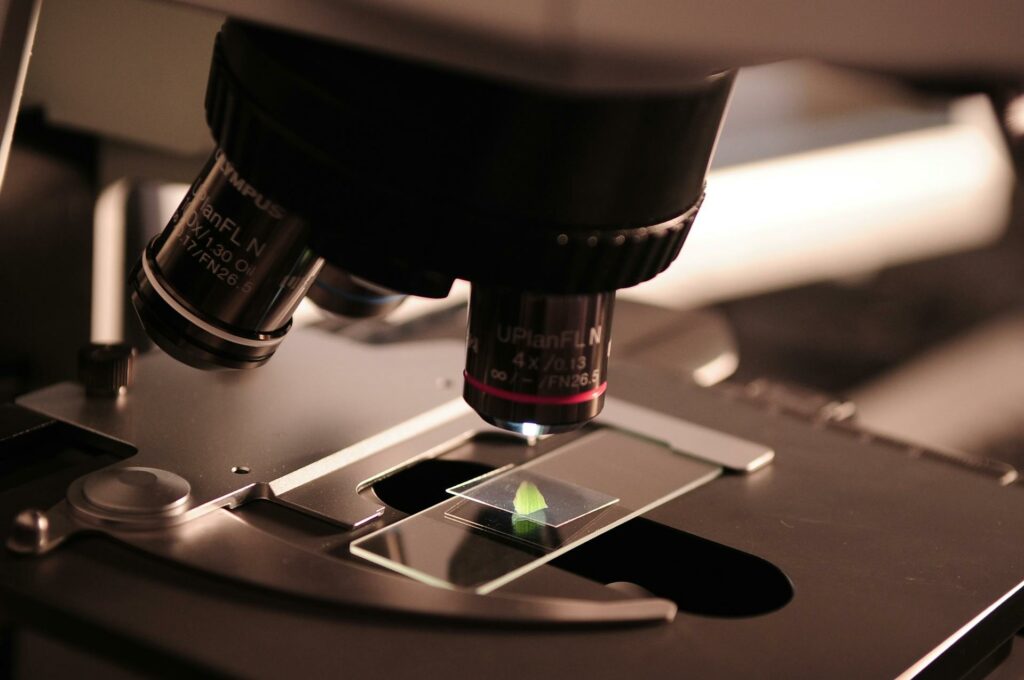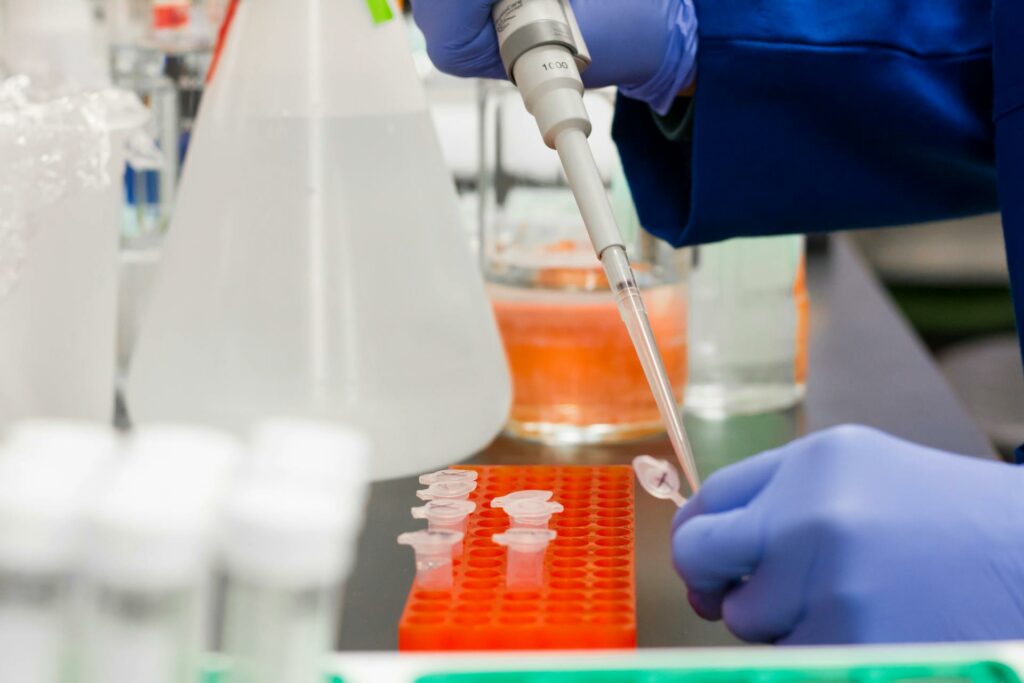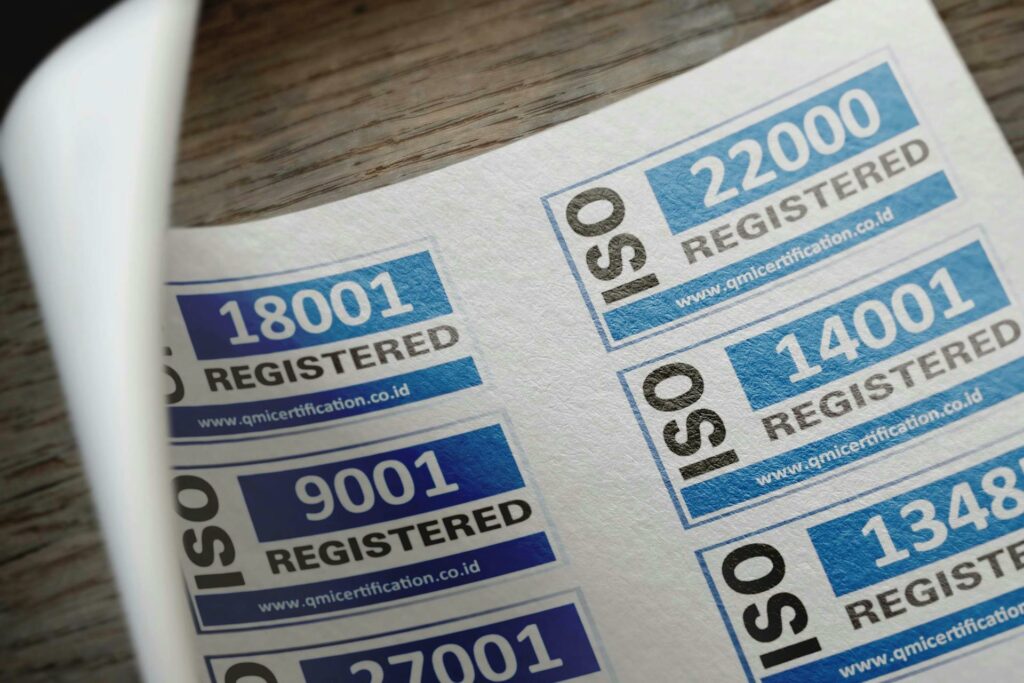Understanding NABL Guidelines for Diagnostic Labs
In the healthcare sector, accurate and reliable diagnostic testing is crucial for patient care and treatment decisions. The National Accreditation Board for Testing and Calibration Laboratories (NABL) plays a vital role in ensuring that diagnostic laboratories in India meet high standards of quality and competence. Understanding NABL guidelines is essential for lab operators, healthcare professionals, and patients alike. In this article, we will explore the NABL accreditation process, its significance, and how diagnostic labs can align with these guidelines to enhance their services.
What is NABL?
NABL is an autonomous body established by the Government of India under the Ministry of Science and Technology. It provides accreditation to testing and calibration laboratories, including medical laboratories, ensuring they adhere to international standards. NABL’s accreditation signifies that a laboratory has demonstrated its technical competence and reliability in conducting specific types of tests.
Why is NABL Accreditation Important?
- Quality Assurance: NABL accreditation ensures that laboratories follow standardized procedures, leading to accurate and consistent test results.
- Regulatory Compliance: Accreditation helps labs comply with national and international regulations, enhancing their credibility.
- Patient Trust: Patients are more likely to trust the results from accredited laboratories, knowing they meet stringent quality standards.

Key NABL Guidelines for Diagnostic Labs
Adherence to ISO Standards NABL guidelines are closely aligned with international standards such as ISO 15189:2022, which specifies requirements for quality and competence in medical laboratories. This standard emphasizes the importance of a quality management system (QMS) that covers all aspects of laboratory operations.
Advice: Laboratories seeking accreditation should familiarize themselves with ISO 15189 requirements and ensure their processes align with these standards. This includes maintaining proper documentation, conducting regular audits, and implementing corrective actions when necessary.

Quality Management System (QMS) A robust QMS is fundamental to achieving NABL accreditation. It should encompass policies, procedures, and practices that ensure the laboratory operates efficiently while delivering reliable results.
Example: A diagnostic lab in Mumbai implemented a comprehensive QMS that included detailed protocols for sample collection, testing procedures, and reporting results. By regularly reviewing their QMS, they identified areas for improvement, leading to enhanced accuracy in test results.

Competence of Personnel The competency of laboratory personnel is crucial for maintaining high-quality standards. NABL guidelines require labs to have qualified staff who possess the necessary training and experience in their respective fields.
Tip: Invest in continuous training programs for your staff to keep them updated on the latest techniques and technologies in diagnostics. This not only boosts their confidence but also improves overall lab performance.

Equipment Calibration and Maintenance Regular calibration and maintenance of equipment are essential to ensure accurate test results. NABL guidelines mandate that laboratories keep detailed records of equipment calibration schedules and maintenance activities.
Advice: Establish a preventive maintenance schedule for all laboratory equipment. This proactive approach can help avoid unexpected breakdowns that could disrupt operations or compromise test accuracy.

Internal Audits Conducting internal audits is a critical component of maintaining compliance with NABL guidelines. These audits help identify gaps in processes and provide opportunities for continuous improvement.
Example: A pathology lab conducted quarterly internal audits to assess adherence to protocols and identify areas needing improvement. The findings from these audits led to the implementation of new quality control measures that significantly reduced errors in test reporting.

Handling Non-Conformities When deviations from established protocols occur, it’s essential to address them promptly through corrective actions. NABL guidelines emphasize the importance of documenting non-conformities and implementing measures to prevent recurrence.
Tip: Develop a clear process for reporting non-conformities within your lab. Encourage staff to report issues without fear of repercussions; this transparency fosters a culture of continuous improvement.

Patient Confidentiality Protecting patient information is paramount in any healthcare setting. NABL guidelines require labs to implement measures that ensure patient confidentiality during sample handling, testing, and reporting.
Advice: Regularly train staff on data privacy regulations and best practices for handling sensitive information. This training not only protects patient data but also builds trust with clients.

The Accreditation Process
The process of obtaining NABL accreditation involves several key steps:
- Application Submission: Laboratories must submit an application along with relevant documentation outlining their quality management systems.
- Document Review: NABL reviews the submitted documents to ensure compliance with applicable standards.
- Pre-Assessment: An optional pre-assessment visit may be conducted to evaluate readiness for accreditation.
- On-Site Assessment: NABL assessors conduct an on-site evaluation of the laboratory’s processes, facilities, equipment, and personnel.
- Corrective Actions: If any non-conformities are identified during the assessment, laboratories must implement corrective actions before accreditation can be granted.
- Accreditation Awarded: Once all criteria are met, NABL awards accreditation, which must be renewed periodically through surveillance assessments.

Conclusion
Understanding NABL guidelines is crucial for diagnostic labs aiming to provide high-quality services while ensuring compliance with national and international standards. By adhering to these guidelines—establishing a robust quality management system, ensuring personnel competence, maintaining equipment rigorously, conducting internal audits, addressing non-conformities promptly, and safeguarding patient confidentiality—labs can achieve NABL accreditation successfully.
As you navigate the process of aligning your laboratory with NABL standards, remember that continuous improvement is key. By fostering a culture of quality within your organization and staying committed to excellence in diagnostics, you can enhance your lab’s reputation while contributing positively to patient care!